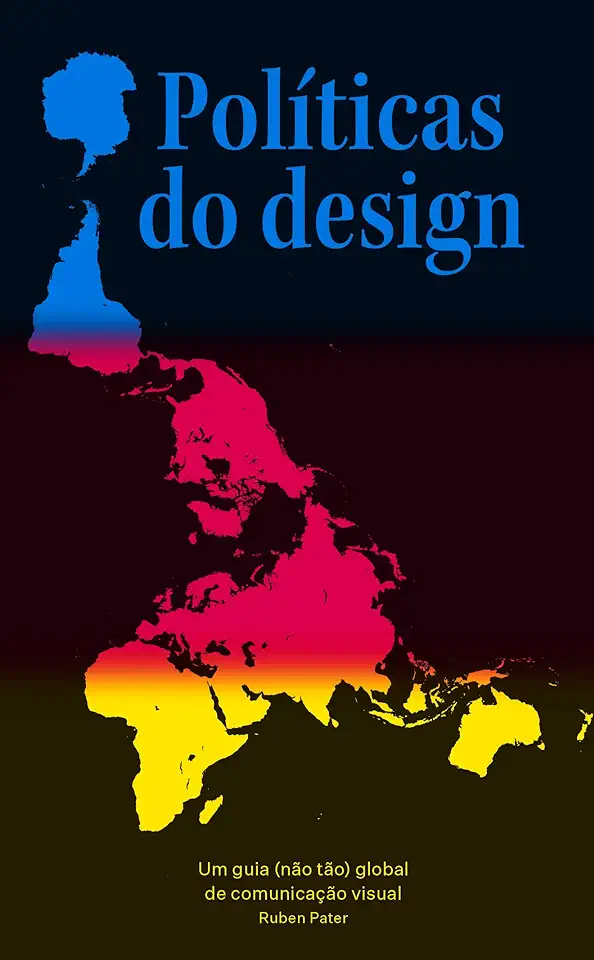
Design Politics - A (not so) global visual communication guide - Pater, Ruben
Design Politics: A (not so) global visual communication guide
Introduction
In "Design Politics", Ruben Pater takes readers on a journey through the world of visual communication, exploring how design is used to shape our understanding of the world around us. From the logos of multinational corporations to the street art of political activists, Pater argues that design is a powerful tool that can be used for good or for evil.
The Power of Design
Design is all around us, from the clothes we wear to the websites we visit. It shapes our environment and influences our behavior. In "Design Politics", Pater argues that design is not simply a neutral tool, but a powerful force that can be used to shape our understanding of the world around us.
For example, the design of a political campaign poster can influence how we think about a candidate. The use of certain colors, fonts, and images can create a positive or negative impression of a candidate. Similarly, the design of a website can influence how we interact with it. A well-designed website is easy to use and navigate, while a poorly designed website can be frustrating and confusing.
The Politics of Design
Design is not simply a matter of aesthetics. It is also a political act. The choices that designers make about how to represent the world can have a profound impact on our understanding of it. For example, the decision to use a particular image or symbol in a political campaign poster can send a powerful message about the candidate's values and priorities.
Similarly, the design of a website can reflect the values of the organization that owns it. A website that is designed to be accessible to people with disabilities is sending a message that the organization is committed to inclusion. Conversely, a website that is difficult to use for people with disabilities is sending a message that the organization does not care about the needs of all users.
Design for Good
Design can be used for good or for evil. In "Design Politics", Pater argues that designers have a responsibility to use their skills for good. Designers should use their skills to create a more just and equitable world. They should use their skills to challenge the status quo and to create a better future for all.
Conclusion
"Design Politics" is a must-read for anyone interested in the power of design. Pater's book is a wake-up call to designers and non-designers alike. It is a call to action to use design for good.
Why You Should Buy This Book
"Design Politics" is a must-read for anyone interested in the power of design. Pater's book is a wake-up call to designers and non-designers alike. It is a call to action to use design for good.
Here are a few reasons why you should buy this book:
- You will learn about the power of design and how it can be used to shape our understanding of the world around us.
- You will gain a new appreciation for the role that designers play in society.
- You will be inspired to use your own design skills for good.
"Design Politics" is a powerful book that will change the way you think about design. It is a must-read for anyone who cares about the future of our world.